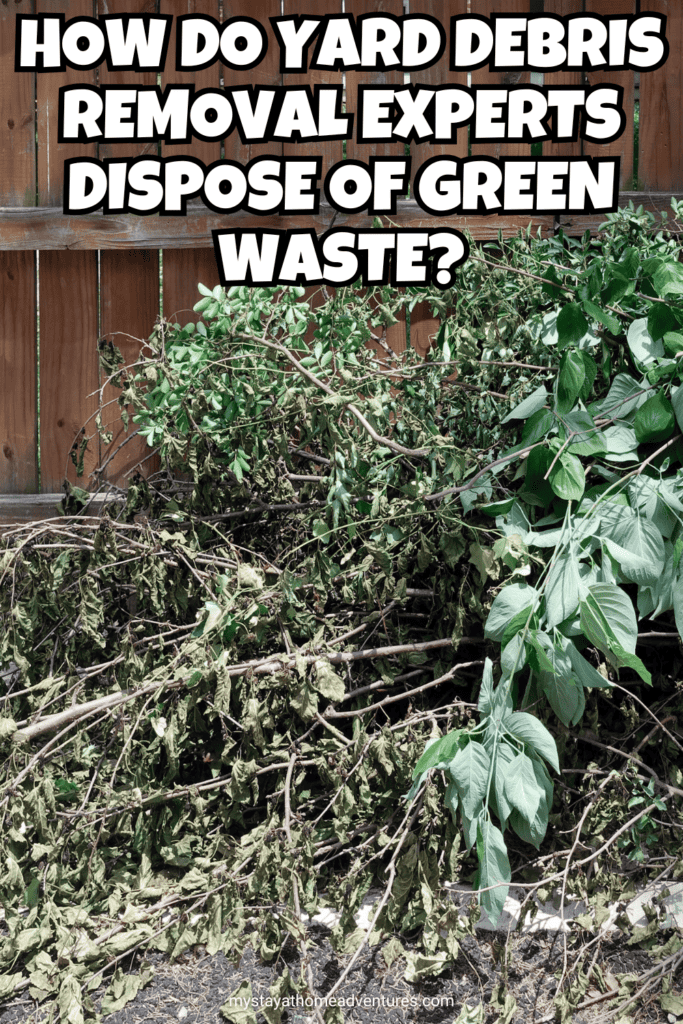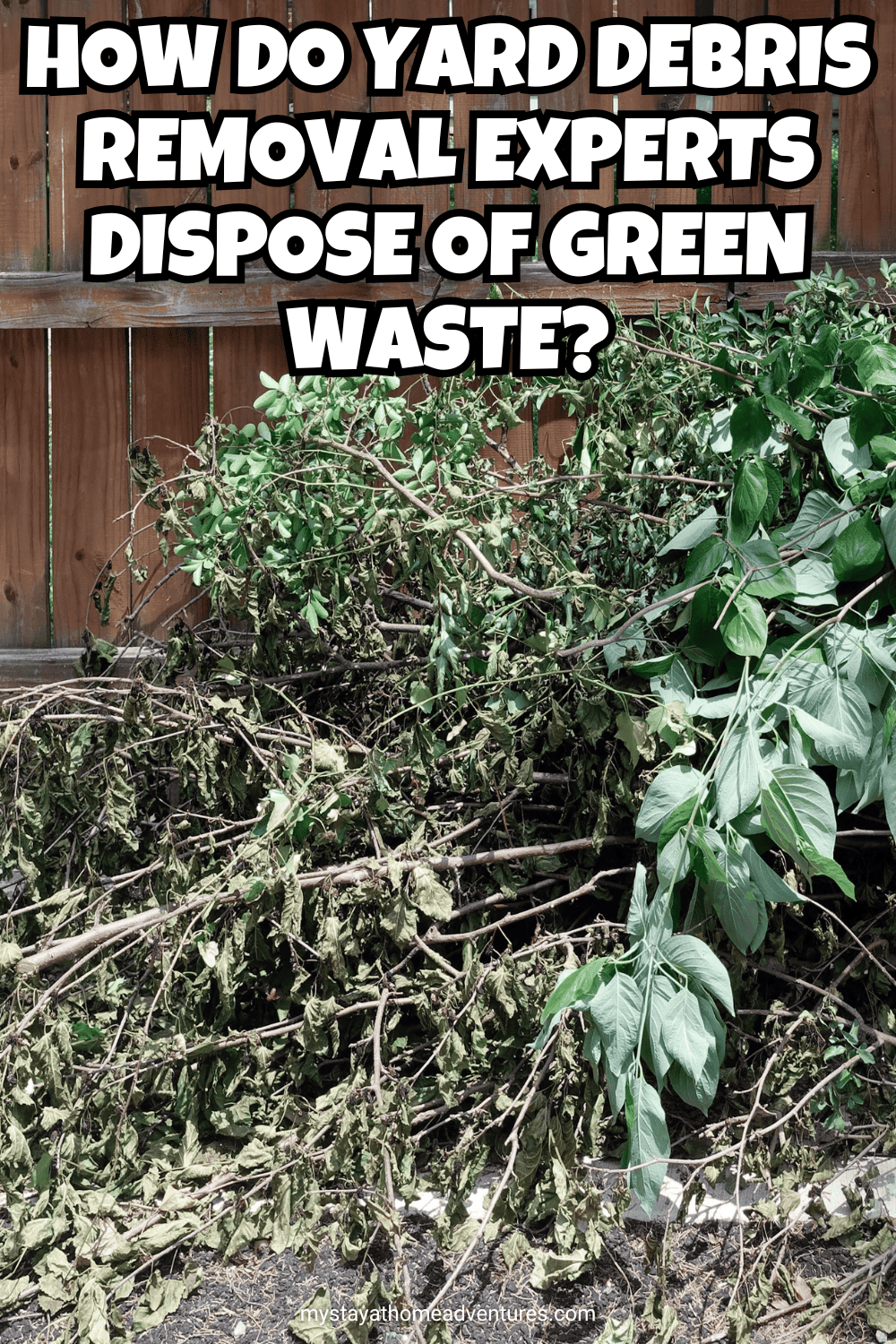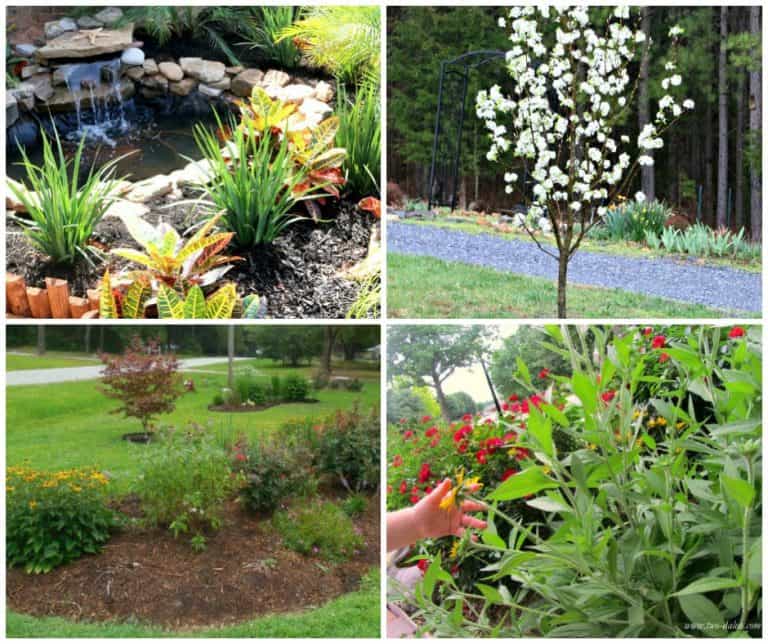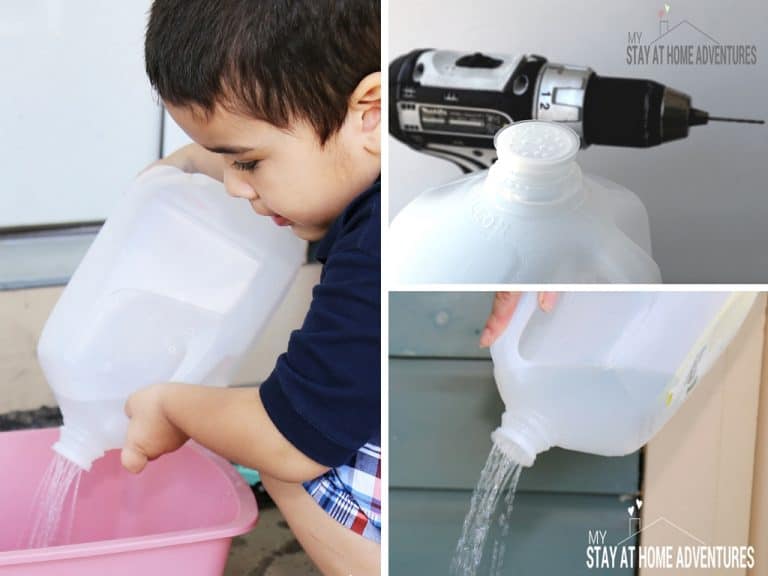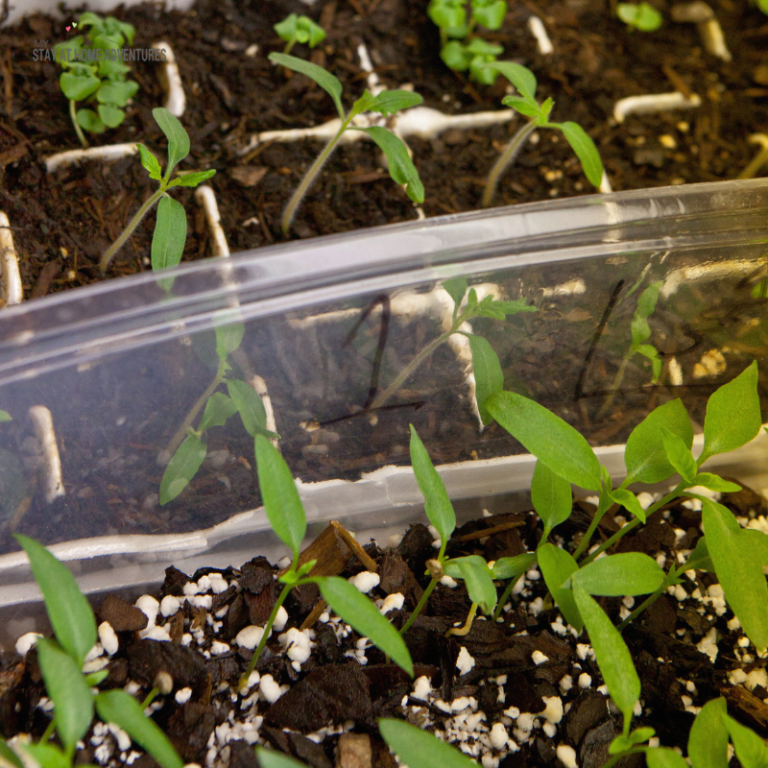How Do Yard Debris Removal Experts Dispose of Green Waste?
This post may contain affiliate links which might earn us money. Please read my Disclosure and Privacy policies hereYard work can be fulfilling. But when it comes to yard debris, things get tricky. Every homeowner knows the struggle. Fallen leaves and dead branches can pile up fast. Use a lawn mower for some time, and there is a heap of grass right there. Disposing of all this green waste requires more than just a trash bag. Enter yard debris removal experts. Give them a call and it is gone before long. But what becomes of your lawn's green waste once they take it away? Let’s analyze it.
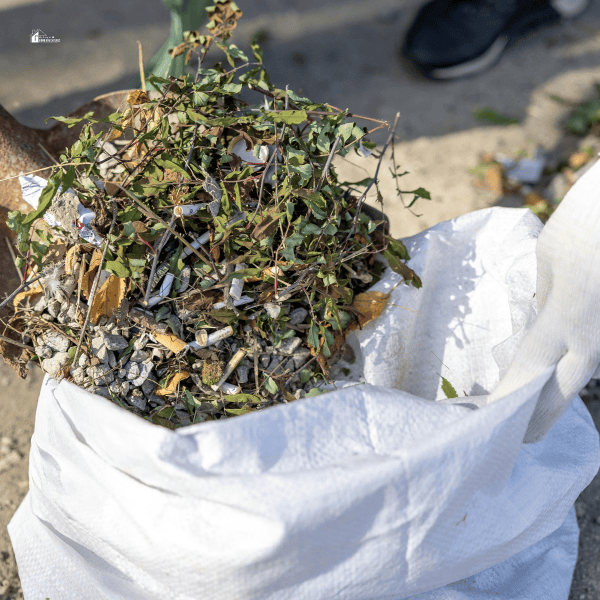
The Green Waste Problem
Green waste sounds harmless, doesn’t it? But if not handled correctly, it creates big problems. Dumping it in landfills wastes space and generates harmful gases. That’s why proper removal of yard debris is seriously and greatly important. Professionals follow specific steps to ensure green waste disposal is efficient and safe.
What Counts as Yard Debris?
Before diving into disposal methods, it’s important to know what experts consider yard debris. Here’s a list:
- Fallen branches and twigs
- Dead plants and flowers
- Grass clippings and leaves
- Tree stumps and roots
- Old wood from outdoor furniture
Each type of debris requires unique handling. Experts ensure these items are treated the right way.
Step 1: Collection with Care
Experts begin by sorting debris into categories. This step makes disposal simpler. For example:
- Leaves and grass: Collected for composting.
- Branches and twigs: Prepared for mulching.
- Larger wood: Checked for reuse or shredding.
Sorting prevents contamination and ensures proper recycling. It’s a small but important step in the process that saves time, too.
Step 2: Transporting the Junk
Once sorted, debris is loaded onto trucks. These vehicles are equipped to carry heavy loads without damaging the materials. Experts carefully transport everything to recycling or disposal sites. For smaller loads, some companies use eco-friendly electric trucks to reduce emissions.
Step 3: Recycling Green Waste
Recycling is the star of the show. Experts focus on turning yard debris into useful products. Here are common recycling methods:
- Composting
Organic debris like leaves and grass decomposes to create nutrient-rich compost. This compost helps the gardens and landscapes. - Mulching
Twigs and branches are shredded into mulch. Mulch helps soil to maintain moisture and prevents weeds. - Wood Repurposing
Logs and stumps are transformed into furniture or firewood. Larger pieces may even become art!
Recycling green waste reduces landfill burden and promotes sustainability.
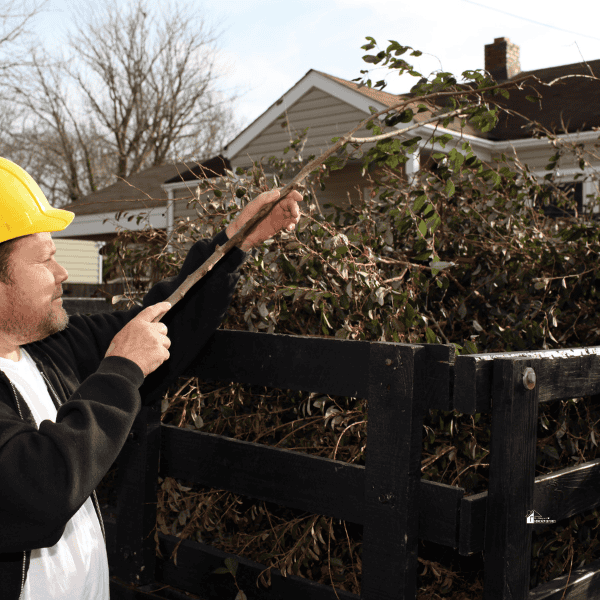
What About Junk Removal of Yard Debris?
Not all debris is “green.” Old fences, broken pots, and torn garden fabric often end up in the mix. Professionals handle these differently. Materials like plastic and metal are separated for proper recycling. Non-recyclable junk is sent to facilities designed for safe disposal.
The Eco Factor
Hiring experts to remove debris from your yard does more than clear space. It greatly helps the planet. Here’s why:
- Fewer Emissions
Efficient collection reduces unnecessary trips, cutting down greenhouse gases. - Reduced Waste
Recycling prevents unnecessary landfill use. - Healthy Soil
Compost and mulch improve soil quality, helping your yard thrive.
By choosing yard debris removal pros, you’re making a sustainable decision.
The Role of Local Laws
In some areas, throwing yard waste in the trash is illegal. Professionals are well-versed in local rules. So they can ensure complete compliance with all rules. They take the guesswork out of the process. This means not a single worry about fines or penalties.
Why DIY Isn’t Always Best
You might wonder, “Can’t I just handle this myself?” While DIY efforts can work for small jobs, larger projects require professional help. Here’s why:
- Time-Consuming
Sorting, transporting, and disposing of debris takes hours. - Special Equipment
Professionals have tools to safely move heavy items, like stumps. - Proper Recycling
Experts know the right facilities for every type of waste.
DIY methods often lead to improper disposal, which harms the environment.
What Sets Experts Apart?
Beyond tools and knowledge, experts bring efficiency. They follow best practices to ensure debris is handled responsibly. Their process includes:
- Planning routes to save fuel.
- Using eco-friendly equipment.
- Educating homeowners about green waste management.
Their commitment to sustainability makes a real difference.
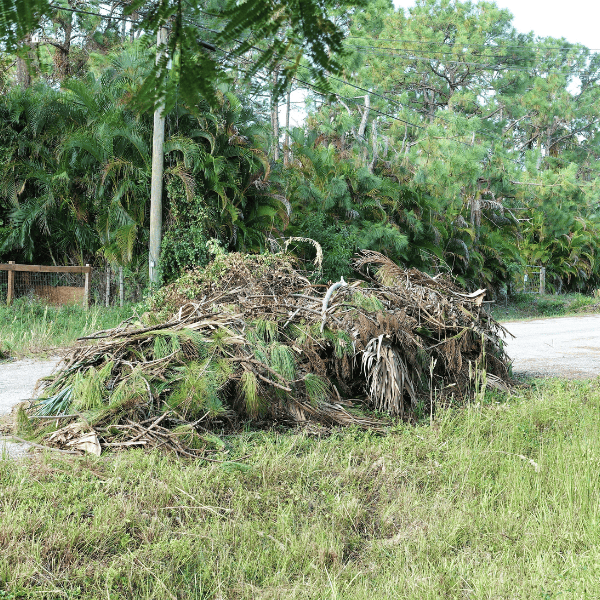
Quick Tips to Reduce Yard Debris
Before calling the pros, consider these tips to minimize yard waste:
- Compost at Home
A simple compost bin can handle leaves and grass. - Use Mulch
Spread fallen leaves around trees to enrich the soil. - Prune Regularly
Trim branches and shrubs to avoid large cleanup jobs. - Repurpose Wood
Use old logs for DIY projects like garden benches.
These steps keep your yard clean and reduce the need for frequent debris removal.
Call in the Pros
When the piles get too big, bring in experts on time. Whether it’s fallen branches or junk removal of yard debris, we handle it all. Just give us a call. Our efficient methods ensure your cleared yard. Without any trouble at all. Put your trust in us to make the best decision for the environment.
Conclusion
Yard debris removal is more than just hauling junk. It’s a process that balances convenience with care for the environment. By understanding how experts dispose of green waste, you’re better equipped to make informed choices. Next time your yard overflows with debris, skip the landfill and opt for a greener solution.
Contact a professional yard debris removal service, and let them turn your clutter into compost or mulch or something even better. Because a tidy yard isn’t just about looks—it’s about doing your part for the planet.
